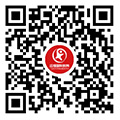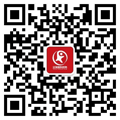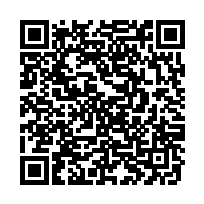錫紙、卡紙、彩繩、膠棒、回形針、絨毛鐵絲線、彩色雪糕棍,用這些材料造一艘可以漂浮在水面上的船,你會怎么做?
此次夏令營的STEAM活動——船舶建造挑戰,給孩子們留下了深刻的印象。

從繪圖、設計到成型,他們動手動腦,直到找到解決問題的方法;從獨立思考、積極討論到團隊合作,他們積極參與,較終看到自己的船飄在水上,孩子們都開心的手舞足蹈。
沒有模型,沒有步驟,沒有標準答案,在老師的引導下,孩子們成功的“建造了”各式各樣的船舶!
這是孩子們依靠自己贏得的勝利,也是老師們探究式教學的勝利,而這僅是我們學校STEAM課堂教學的案例之一。
STEAM教育是什么
STEAM 教育發源于美國,自20世紀90 年代以后,逐漸風靡荷蘭、英國等國家和地區。
STEAM代表科學(Science),技術(Technology),工程(Engineering),藝術(Arts),數學(Mathematics),STEAM教育就是集五門學科融合的綜合教育。
有別于傳統的單學科、重書本知識的教育方式,STEAM是一種重實踐的超學科教育概念。
STEAM教育特點

在現實生活中,我們所應用的的學科都不是完全獨立的。STEAM的關鍵點在于“融合”,其課程是貫通圓融的,其項目是基于探究實踐的,著重于跨學科知識的整合。
交叉學科、基于項目和接觸真實世界,是STEAM 教育的突出特色。
這里不再有所謂的標準答案,而是強調了知識與現實世界的相互聯系,鼓勵學生自己動手去探索,教會孩子們如何理解和塑造這個世界。
STEAM教育意義

STEAM 教育旨在打破學科領域的界限,倡導基于項目的學習方式,強調體驗性和實踐性,是一種新的教育理念和學習方法。
更重要的是,在探究性學習原則的融合下,在以學生需求為出發點的前提指引下,STEAM教育真正提升了學習者對于學習的熱愛,而這應該是教育帶給學生非常重要的禮物。
船舶建造挑戰活動,只是無錫海歸學校STEAM教育多個活動中的一個。以具體項目為課題,學校開設多個STEAM教學項目。
無錫海歸學校是一所“獨具特色的STEAM教育”學校。學校擁有世界尖端的STEAM專屬教學設施,注重實踐教學,強調學生通過探索和團隊合作,解決現實生活中的實際問題。
學校的STEAM教育,不僅培養了學生們獨立思考的能力,更培養了他們的團隊合作意識,而這也是21世紀的人才需要具備的基本素質。
STEAM Activity
Boat Building Challenge
This STEAM activity was designed for kids in all grades. The boat building challenge was to be completed individually, with partners, or in teams.
The challenge showcased how our older students and younger students interacted and how they worked independently and brainstormed suggestions when they worked in a group. It was very interesting to see how the students asked questions about how to complete the construction of their boats. The design thinking, and steam teacher guided the students with open-ended questions to allow the students to formulate ideas and solutions on their own.
The STEAM skills that were presented:
Science: Students showcased their skills within the scientific method as they planned and constructed the boats and test the constructions to see if they could float and hold weight.
Technology: The students extended their vocabulary and learning through use of technology.
Engineering: The students planned and constructed a boat that exhibited early attempts at engineering from simple supplies.
Math: The students used lines, shapes, patterns, and explored mathematical relationships as they planned, constructed, tested, and improved on their boats.
Some of the students constructed O and H-shaped boats and many students used a variety of the simple material that they were given to create a boat that could float and all of them managed to construct a boat that did not sink, when it was weighed down by small objects. The older students even went back to the drawing board for an overall design change and we could see that the improved construction was successful, even though some were unsure at first, when they initially placed their boats into the water.
It was a joy to see the faces of kids building, creating, improving, and gaining knowledge through active participation in learning that was exciting!
The STEAM boat building challenge is just one of many STEAM activities that we at OCAC Wuxi used to promote inquiry and solution-based learning in the classroom.
——Article by Don Pak




 公眾號
公眾號






















 服務熱線
服務熱線
